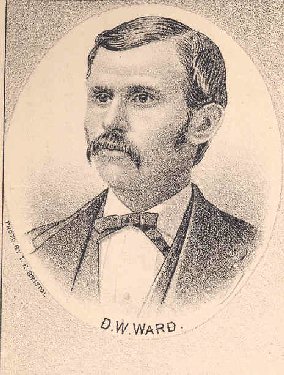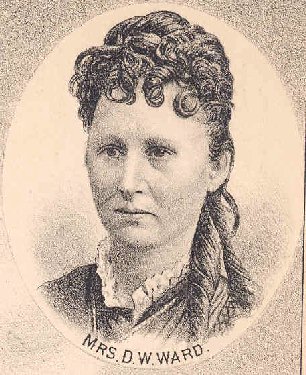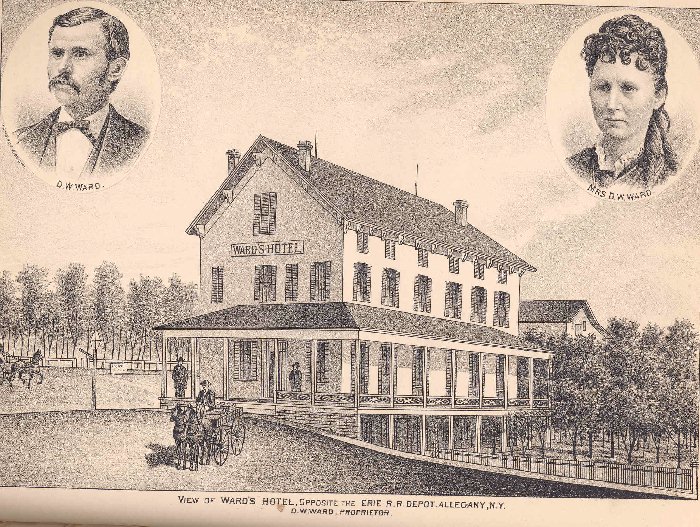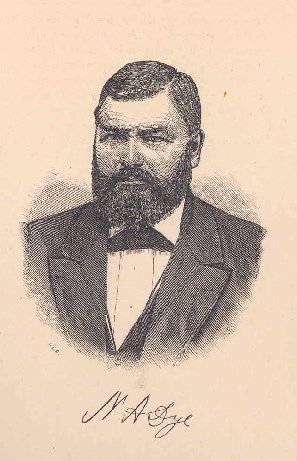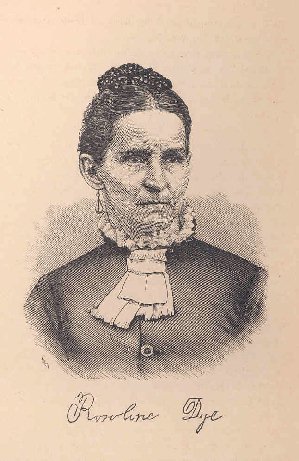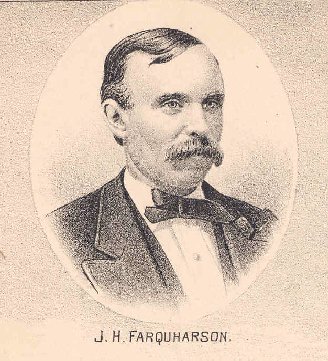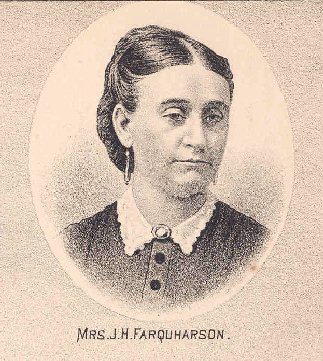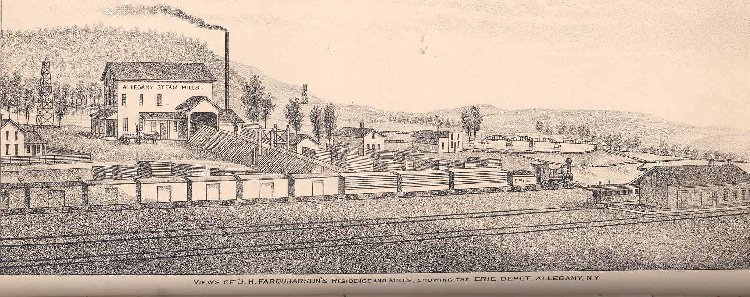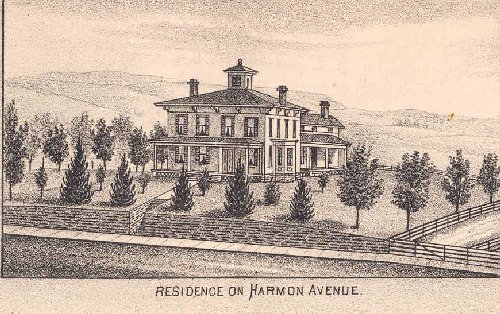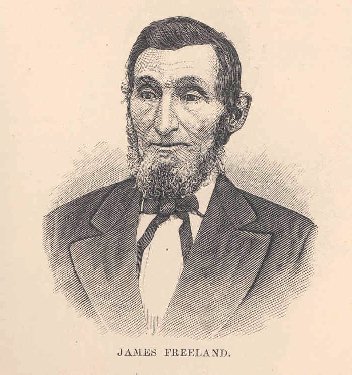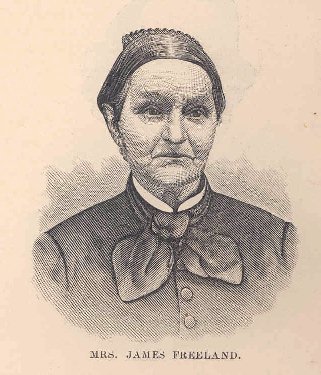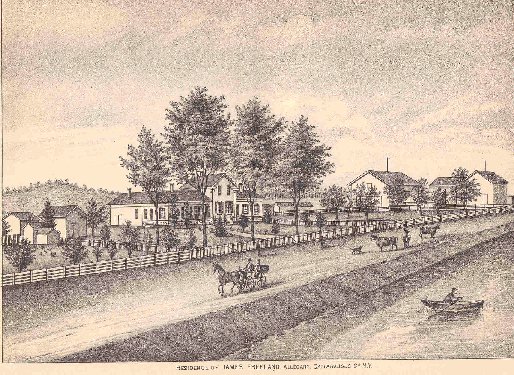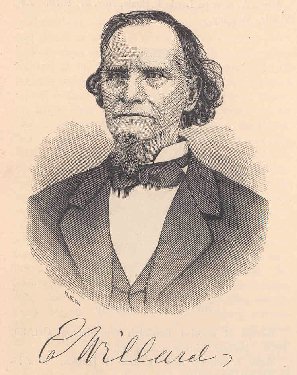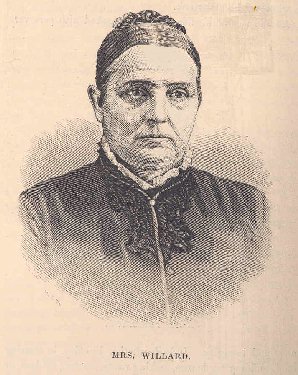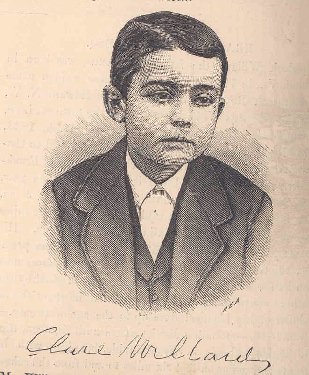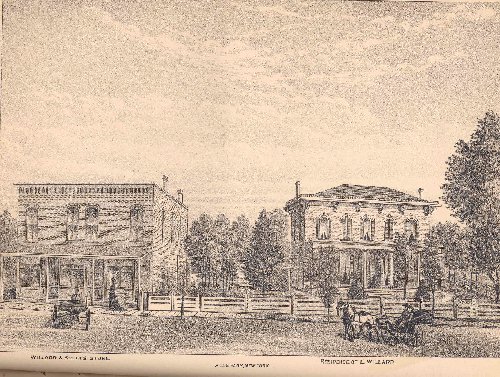| Supervisors |
| 1855 |
James G. Johnson |
| 1856 |
A.O. Smith |
| 1857 |
Edward S. Mills |
| 1858 |
Hiram Couchman |
| 1859 |
David Austin |
| 1860 |
Gilbert Palen |
| 1861 |
Edward S. Mills |
| 1862 |
Gilbert Palen |
| 1863 |
James Freeland |
| 1864 |
James Freeland |
| 1865 |
E. Willard |
| 1866 |
E. Willard |
| 1867 |
E. Willard |
| 1868 |
Andrew Mead |
| 1869 |
J.B. Strong |
| 1870 |
J.B. Strong |
| 1871 |
Asa Haskell |
| 1872 |
Asa Haskell |
| 1873 |
H.W. McClure |
| 1874 |
E.C. Howard |
| 1875 |
James Freeland |
| 1876 |
Z. Geo. Bullock |
| 1877 |
Asa Haskell |
| 1878 |
J.H. Farquharson |
|
| Town Clerks |
| 1855 |
Edgar Shaw |
| 1856 |
Luther P. Forbes |
| 1857 |
Albert J. Scofield |
| 1858 |
Wm. B. Evans |
| 1859 |
J.H. Farquharson |
| 1860 |
A.H. Marsh |
| 1861 |
J.R. McConnell |
| 1862 |
Dudley Phelps |
| 1863 |
John P. Colegrove |
| 1864 |
John P. Colegrove |
| 1865 |
Nathan A Dye |
| 1866 |
Chas. Dolan |
| 1867 |
Dudley Phelps |
| 1868 |
Frederick Smith |
| 1869 |
Frederick Smith |
| 1870 |
Frederick Smith |
| 1871 |
Charles Spraker |
| 1872 |
E.R. McClure |
| 1873 |
E.R. McClure |
| 1874 |
Dudley Phelps |
| 1875 |
Dudley Phelps |
| 1876 |
C.J. Hickey |
| 1877 |
Lewis S. Corthell |
| 1878 |
E.R. McClure |
|
| Justices of the Peace |
| 1855 |
James Freeland |
| 1856 |
Warren Onan |
| 1857 |
E. Willard |
| 1858 |
A.C. Keyes |
| 1859 |
Andrew Mead |
| 1860 |
W.H. Phillips |
| 1861 |
Cyrus G. McKay |
| 1862 |
E. Willard |
| 1863 |
Edgar Shaw |
| 1864 |
W.H. Phillips |
| 1865 |
C. Wiltse |
| 1866 |
H. Couchman |
| 1867 |
Balthasar Witman |
| 1868 |
N.A. Dye and M. Thornton |
| 1869 |
J.B. Wilkins |
| 1870 |
Michael Thornton |
| 1871 |
E.C. Howard and John Collins |
| 1872 |
E. Willard |
| 1873 |
J.B. Strong |
| 1874 |
A. Haskell |
| 1875 |
E. C. Howard |
| 1876 |
E. Willard |
| 1877 |
N.A. Dye |
| 1878 |
D. Thurber |
|
 James
and Lucinda (Norwood) Freeland and residence
James
and Lucinda (Norwood) Freeland and residence  Mr.
and Mrs. Erasutus Willard and residence/store
Mr.
and Mrs. Erasutus Willard and residence/store  Nathan
and Rosaline (Moore) Dye
Nathan
and Rosaline (Moore) Dye  Mr. and
Mrs. D. W. Ward and Ward Hotel
Mr. and
Mrs. D. W. Ward and Ward Hotel  Mr.
and Mrs. James Henry Farquharson and residence
Mr.
and Mrs. James Henry Farquharson and residence